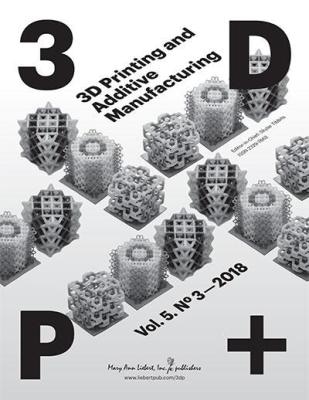Dec 18 2018
Columbia University researchers used a method with voxel printing to produce digital wood—an extremely complex material for 3D printing because of its combination of external color textures and internal grains. The method is illustrated in an article published in 3D Printing and Additive Manufacturing, a peer-reviewed journal from Mary Ann Liebert, Inc., publishers.
 Credit: Mary Ann Liebert, Inc., publishers
Credit: Mary Ann Liebert, Inc., publishers
In “Digital Wood: 3D Internal Color Texture Mapping,” co-authors Fabian Stute, Joni Mici, Lewis Chamberlain, and Hod Lipson, Columbia University, New York, NY explain the inability to copy 3D objects with intricate internal textures as a gap in the present-day 3D printing field.
The scientists used destructive tomographic imaging to acquire images of a wood sample at very thin images and then feed the pile of images to a voxel-capable 3D printer. The authors also illustrate less invasive and destructive approaches that can be employed to image the interior of materials with intricate internal textures.